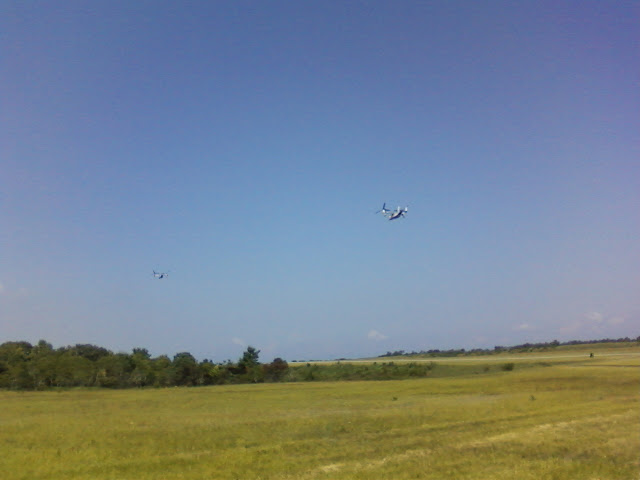I have been playing around with the Garmin 530 for a few months now. Most of the approaches I have been practicing include RNAV or ILS approaches. I decided it is time to go back and review my VOR skills. I am glag I did because I was extremely rusty.
I chose the Martinsburg (KMRB) VOR approach shown below.
The key thing to note about the VOR hold on the approach plate is that it is left turns.
From my south westerly heading, I entered the VOR hold using a direct entry. My first entry just sucked. I did not start my out bound timer when the flag flipped (on the 109 heading), so after about a minute a swung around and tried again. The second time I nailed it. However, I started descending before the flag flipped to FROM on the 289 heading. Once again, I missed the timer. I went missed on the approach to try a third time. This time, since I was on a missed approach, flying roughly a 80 degree heading, I entered a tear drop turning 139 degrees after passing over the VOR. Technically, a parallel entry would have been appropriate. However, my late instructor John Crouse stated that the tear drop hold is better suited for approaches if possible. Do not question John. He has more experience than 90% of the pilots out there.
Finally, I executed the VOR approach without error. On a tear drop entry, it is not necessary to go around the track one more time. I performed the full hold to get my speed set and settle into the approach.
- One thing that stuck in my mind after completing the exercise is how I need to start using the acronym "turn twist time throttle talk". Turn on the hold pattern.
- Twist the OBS to the appropriate heading if necessary.
- Time ONCE the flag flips (crossing back to the outbound heading).
- Adjust throttle for the approach.
- Communicate with ATC that your are holding, giving the altitude and location. For holds outside of an approach, the direction of the hold is recommended.
Communication was critical this night as the traffic around MRB was moderate. It was a pleasant night to fly and I was not the only pilot out there using MRB.
Another take away: I need to setup my home simulator to practice more often.



